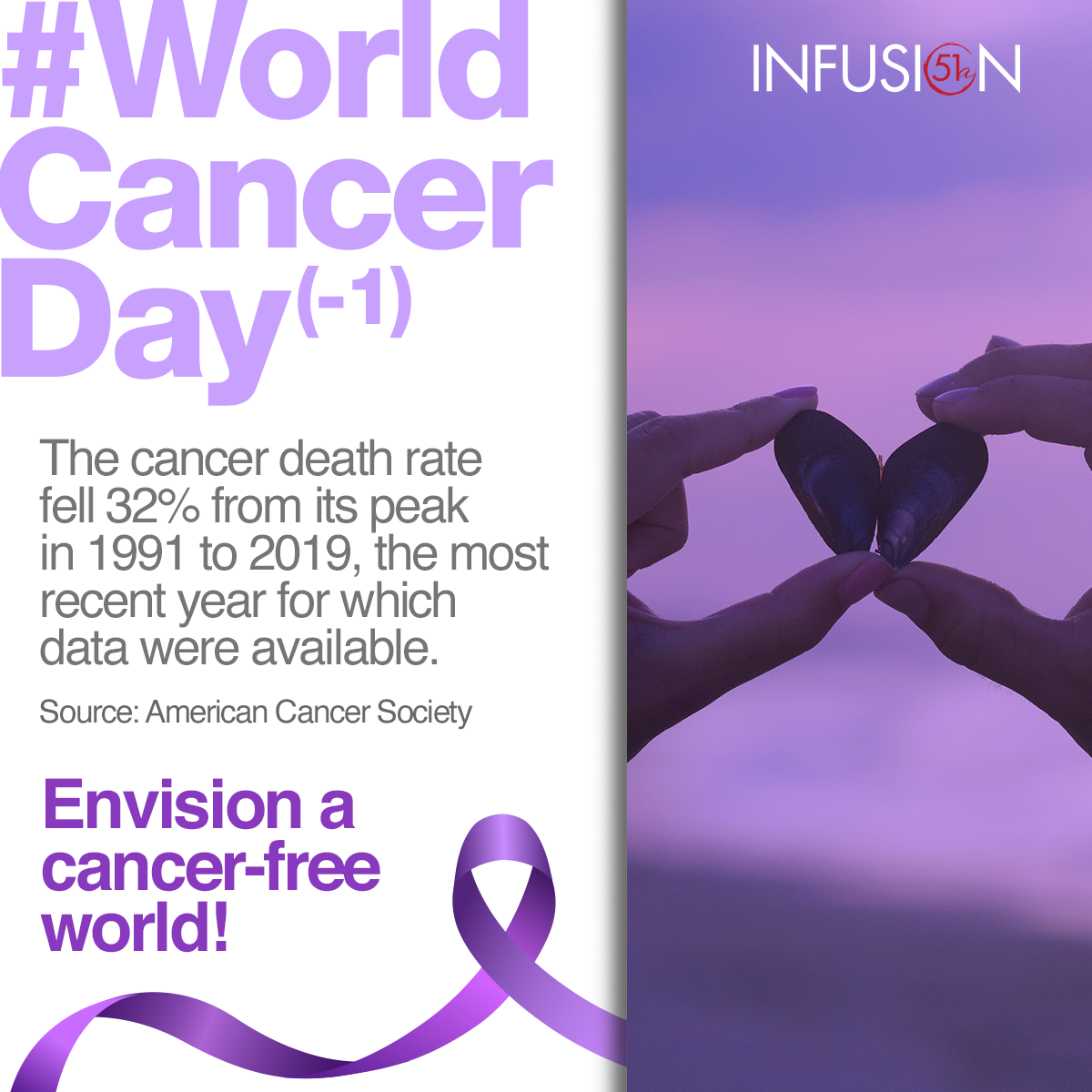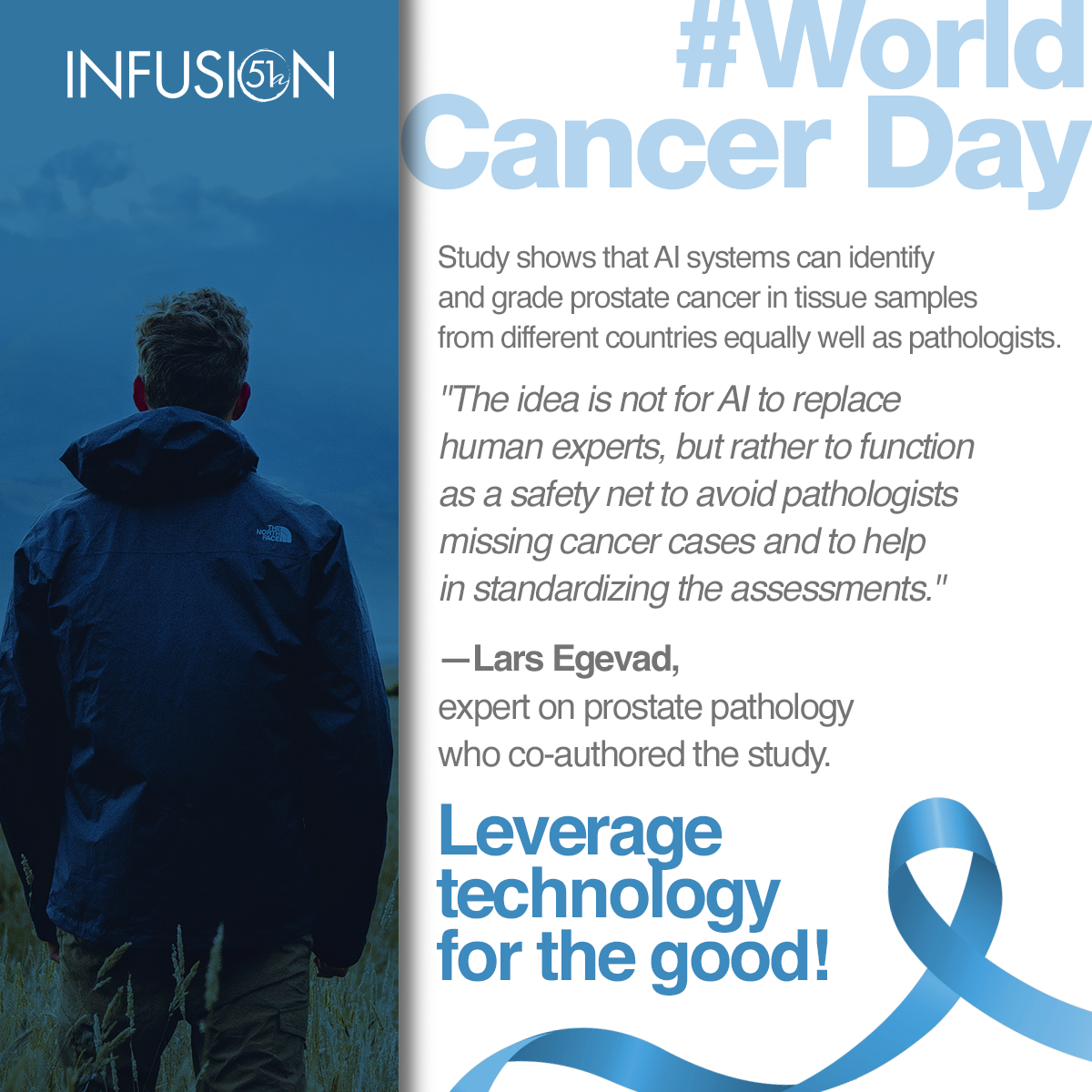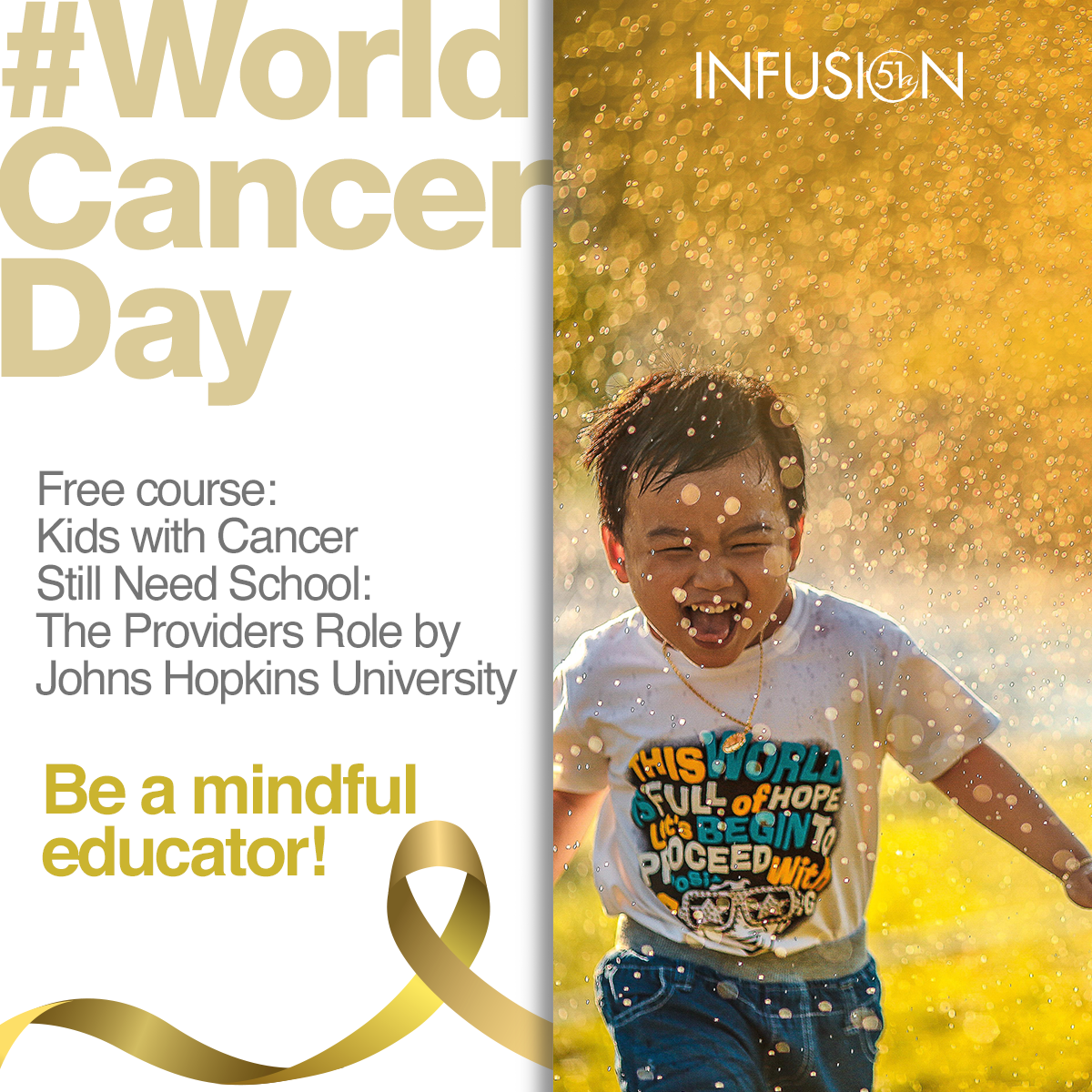So we now smoke less, get screened more, and have acknowledged (ish) that preventive healthcare does make the difference. Yet, and regardless of medical technology and cancer death rate falling by nearly a third in the last three decades, cancer continues to be the world-leading cause of death – around 10 million people still die of it every year1.
The priorities in the oncologic sector for 20222 aim to turn the tables around:
Experts from the American Association for Cancer Research (AACR) segmented the sector’s principal concerns in four areas: basic research, precision immunotherapy, prevention, and cancer disparities. They summarized them as it follows:
| Basic cancer research | Precision immunotherapy | Cancer prevention | Cancer disparities |
| Deciphering how different cell types communicate in tumor ecosystems | Providing immunotherapy earlier in the disease course | Expanding and leveraging the pre-cancer atlas | Increasing diversity of preclinical models and clinical trial participants |
| Understanding how cell states change to promote cancer | Increasing specificity while decreasing toxicity | Individualizing prevention strategies | Increasing diversity of biomedical workforce |
| Promoting multisdisciplinary collaboration and mentorship | Decentralizing clinical trials to reach more patients | Evaluating risk at a cellular level | Addressing screening/access disparities exacerbated by the pandemic |
| Leveraging technology and data science | Understanding what makes tumors immunogenic | Discovering new noninvasive biomarkers | Improving community outreach and stakeholder engagement |
| Learning from the COVID-19 pandemic | |||
| Returning cancer screening to pre-pandemic levels |
Context in numbers
A cancer death rate describes the number of people who die from cancer out of 100,000 people in one year. Typically, researchers look at the last 5 years with data available.
According to numbers from the American Cancer Society, the cancer death rate fell 32% from its peak in 1991 to 20193.
This 32% drop translates to almost 3.5 million of lives saved over the forecasted period. This success is largely because of fewer tobacco users, but also thanks to:
- Better technology and more awareness allowing earlier diagnose of breast and colon cancer, which, in turn, makes chemotherapy more effective (achieving survival probabilities of 90% or higher for breast cancer4 and for localized colon cancer5.
- Combination treatments for many cancers, like immunotherapy and its types6 (cell-based cancer therapy, monoclonal antibodies, immune checkpoint inhibitors…)
- Prevention and/or early detection through screening for some cancers, including breast, cervix, colon, prostate, rectum, and more recently, lung cancer

Now, what means can be used and issues must be resolved to keep bringing that death rate down?
Based on the priorities laid out by the American Cancer Society, we’ve established three action fronts:
Aligned with two of the healthcare trends forecast for 2022, recent biotech and artificial intelligence news reassure that these industries will propel promising prevention procedures and achievements in precision immunotherapy.
Pioneering test that predicts the spread or return of melanoma
A team of scientists and clinicians at Newcastle University, UK, in association with the University spin-out company AMLo Biosciences, developed AMBLor7: a test that reliably predicts the spread or return of melanoma, the most deadly form of skin cancer.
The test, combined with the standard biopsy procedure, can identify patients’ true risk of disease progression or spreading. Nearly 100k Americans are diagnosed with skin cancer every year.
“It will aid clinicians to identify genuinely low-risk patients diagnosed with an early-stage melanoma and to reduce the number of follow-up appointments”, said lead investigator, Professor Penny Lovat.
In other words, this new tool will significantly enhance the way physicians and patients approach the disease, giving low-risk patients peace of mind and saving them time and money.

AI systems to help prostate cancer identification
The risk of dying from prostate cancer decreased by about 50% from the mid-1990s to the mid-2010s. According to the American Cancer Society8, this is due to improved treatments and earlier detection through screening with prostate-specific antigen (PSA) testing, which helps find cancer when it is only in the prostate (localized).
However, in recent years, the risk of dying from prostate cancer has only decreased an average of 0.6% per year. The cause for this slowing progress may be related to changes in screening guidelines.
That’s why researchers at Karolinska Institutet in Sweden completed a comprehensive international validation of artificial intelligence (AI) for diagnosing and grading prostate cancer9.
The study shows that AI systems can identify and grade prostate cancer in tissue samples from different countries equally well as pathologists. The results suggest AI systems are ready to be responsibly introduced as a complementary tool in prostate cancer care.
“The idea is not for AI to replace human experts, but rather to function as a safety net to avoid pathologists missing cancer cases and to help in standardizing the assessments.”
—Lars Egevad, expert on prostate pathology who co-authored the study.
A barrier in today’s prostate cancer diagnostics is that different pathologists can arrive at different conclusions even for the same tissue samples, which means that treatment decisions are based on human interpretation; therefore, human error.
AI-based evaluation of prostate cancer biopsies could potentially improve diagnostic quality and ensure more consistent and equal care for patients, and, contrary to what one might think, at a lower cost.

Yes, as mentioned above, cancer rates in the US have been steadily declining since the early 1990s; however, while this may be the trend in many high-income countries, cancer has been on an upward curve in low-income nations, with the World Health Organization projecting a worrisome 81% cancer jump as a direct consequence COVID-19 crisis10.
Cancer disparities occur when barriers to high-quality cancer prevention, early detection, and treatment create differences in cancer occurrence and outcomes based on sociodemographic factors such as race, ethnicity, age, income, sexual orientation, gender identity, or the place where a person lives.
Most inequities in wealth, education, and overall standard of living among afroamerican people stem from historical and persistent structural racism and discriminatory practices.
The COVID-19 pandemic greatly reduced people’s ability to find available services for cancer prevention, early detection, and treatment11.
These delays in care will probably worsen cancer disparities given the unequal burden the pandemic is having on multiracial and multiethnic communities.

Other alarming statistics by the American Cancer Society include:
- In 2019, 27% of men without a high school education smoked cigarettes compared to 6% of men with a college degree. This is partly due to tobacco companies specifically marketing in neighborhoods where many people have low incomes.
- Cancer survival rates are lower for afroamerican people than for white people for almost every cancer type.
- American Indians and Alaska Natives (AIANs) have the highest liver cancer incidence of any major racial/ethnic group in the US. The risk of developing liver cancer among AIANs is more than double that in white people.
Thousands of schools transitioned to online learning in 2020 due to the coronavirus lockdown, during which time many children with cancer and other chronic health needs faced significant learning challenges.
Children undergoing cancer treatment may have symptoms such as fatigue, pain, motor impairments or vision/hearing loss that make learning more challenging. Additionally, therapy frequently induces deficits in attention, executive function, processing speed, behavior regulation and overall IQ.
Aligned with the priority of improving community outreach and stakeholder engagement, new resources have been developed by experts to offer guidance to teachers and counselors:
Kathy Ruble, director of the pediatric oncology survivorship clinic at the Johns Hopkins Kimmel Cancer Center, and her team put together a free course to help oncology health care providers navigate cancer patients’ challenges associated with online learning.
“Kids with Cancer Still Need School: The Providers Role” is available as a free online course open to anyone in the Coursera platform.

Even when having more informed providers and community members may not impact directly on cancer death rate, it does create a safer and more equal environment for infant cancer patients.
Sources
- World Health Organization. (2022). Cancer. [February 3rd]. [Online]. Available at: https://www.who.int/news-room/fact-sheets/detail/cancer.
- Jones, C. (2022). Experts Forecast Cancer Research and Treatment Advances in 2022. American Association for Cancer Research. [January 5]. [Online]. Available at: https://www.aacr.org/blog/2022/01/05/experts-forecast-cancer-research-and-treatment-advances-in-2022/.
- American Cancer Society. (2022). Risk of Dying from Cancer Continues to Drop at an Accelerated Pace. [January 12]. [Online]. Available at: https://www.cancer.org/latest-news/facts-and-figures-2022.html.
- World Health Organization. (2021). Breast cancer. [March 26th]. [Online]. Available at: https://www.who.int/news-room/fact-sheets/detail/breast-cancer.
- American Cancer Society. Survival Rates for Colorectal Cancer. [Online]. Available at: https://www.cancer.org/cancer/colon-rectal-cancer/detection-diagnosis-staging/survival-rates.html.
- Watson, S. (2021). Types of Immunotherapy. Web MD. [December 9]. [Online]. Available at: https://www.webmd.com/cancer/cm/treatment-types-immunotherapy.
- Henderson, E. (2022). New pioneering test helps predict the spread of deadly skin cancer. News Medical. [January 16th]. [Online]. Available at: https://www.news-medical.net/news/20220116/New-pioneering-test-helps-predict-the-spread-of-deadly-skin-cancer.aspx.
- American Cancer Society. (2022). Risk of Dying from Cancer Continues to Drop at an Accelerated Pace. [January 12]. [Online]. Available at: https://www.cancer.org/latest-news/facts-and-figures-2022.html.
- Henderson, E. (2022). Study shows AI systems can accurately identify and grade prostate cancer. News Medical. [January 13th]. [Online]. Available at: https://www.news-medical.net/news/20220113/Study-shows-AI-systems-can-accurately-identify-and-grade-prostate-cancer.aspx.
- France 24. (2020). WHO forecasts 81% cancer jump in low, middle-income countries. [April 2nd]. [Online]. Available at: https://www.france24.com/en/20200204-who-forecasts-cancer-jump-in-low-middle-income-countries.
- American Cancer Society. (2022). Risk of Dying from Cancer Continues to Drop at an Accelerated Pace. [January 12]. [Online]. Available at: https://www.cancer.org/latest-news/facts-and-figures-2022.html.




